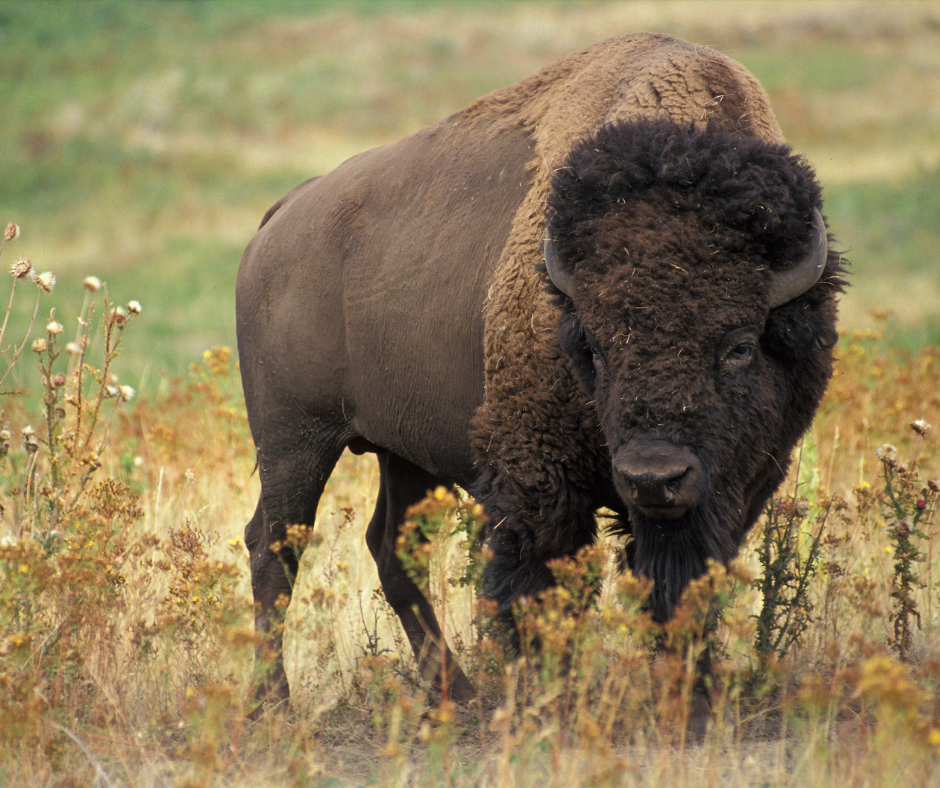One of the most effective ways to ensure the recovery of our species at risk, and their habitats, is through identification and monitoring.
In May 2024, participants from three different First Nations across BC attended the Avian Nest Sweeps and Monitoring Methods course, while participants from nine different Nations will attend the upcoming Species at Risk Screening course in June.
These courses instruct participants on identifying species at risk and common bird species and their habitats, specific surveying techniques, mitigating threats, and communicating with regulators to complete effective surveys.
Fostering technical survey skills supports Indigenous leadership in the recovery of species at risk, and complements working with Indigenous Knowledge, known as the Two-eyed Seeing approach. Two-eyed Seeing, coined by Mi’kmaq Elder Albert Marshall, describes when both Indigenous Knowledge and western science are used together for the benefit of all.
During related workshops hosted by CIER and partners, many participants have mentioned how these courses will support working with Elders and Knowledge Holders in stewardship and land monitoring, and that they will bring back what they have learned from the courses to their communities and coworkers.
Supporting Indigenous communities and organizations is a key component to the Species at Risk Consultation, Cooperation and Accommodation project (SARA-CCA), which works to support Indigenous participation in terrestrial recovery of species at risk.
Learn more about the SARA-CCA project and workshops like these: https://yourcier.org/sara/

